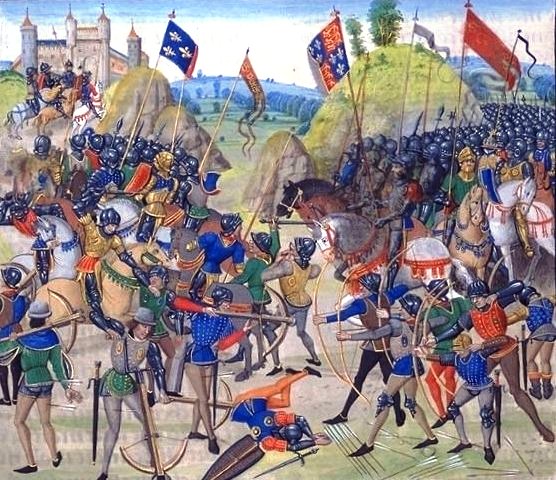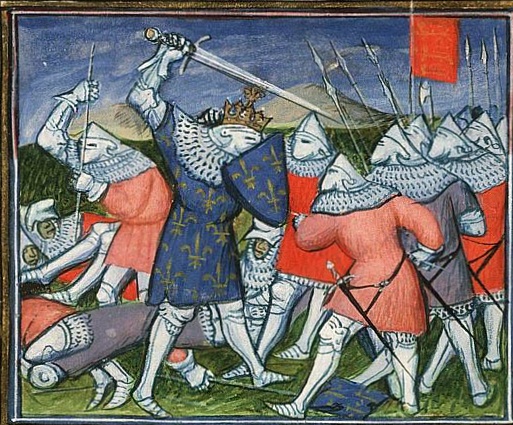1) Where is the thickness stated?
2) Where did you take HIGH carbon steel?
This video can't be taken as any proof for the following reasons:
1) plate thickness is unknown and can be between 1 and 1.5mm (most likely around 1.3mm if it started as 1.5mm sheet and then was dished and sanded). At least some parts of medieval
armor were more than twice as thick.
2) plate is made of low-carbon steel. Many 15th century armors (IIRC over half of the Italian armors mentioned in The knight and the blast furnace) were made of medium-carbon steel which depending on carbon content can be considerably harder even without heat treatment. And some armors were heat treated. And some of those heat treated were heat treated successfully.
3) No padding was used, breast plate was placed against a solid object
4) Garment worn under
armor could give additional protection, at least if we are speaking about 14th century
5) Again, in the 14th century and sometimes in the 15th century
maille was worn under plate and that maille would certainly give additional protection.
But even in such test that was biased against the
armor we seem to get on average only about 1" of penetration. If we take into account padding and the fact that in most places
armor does not lie against the body but there is some space between wounds inflicted would be even less deep.
So what would we get if we took a good 15th century
armor such as the AVANT
armor? Plate thickness is mentioned here
http://www.myArmoury.com/talk/viewtopic.php?t=21152&start=44 and IIRC metallurgical analysis is in The knight and the blast furnace.
As already stated many times in this thread, it is much easier to penetrate a weak spot where there is relatively weak
armor or no
armor at all. These chances are increased when shooting from the side or back as
armor was mainly designed to deflect points that come from the front. Leg
armor is a good example. While being made of relatively thin plate, it is shaped so that it is very difficult to penetrate it from the front, in most cases points would just harmlessly slide off.

